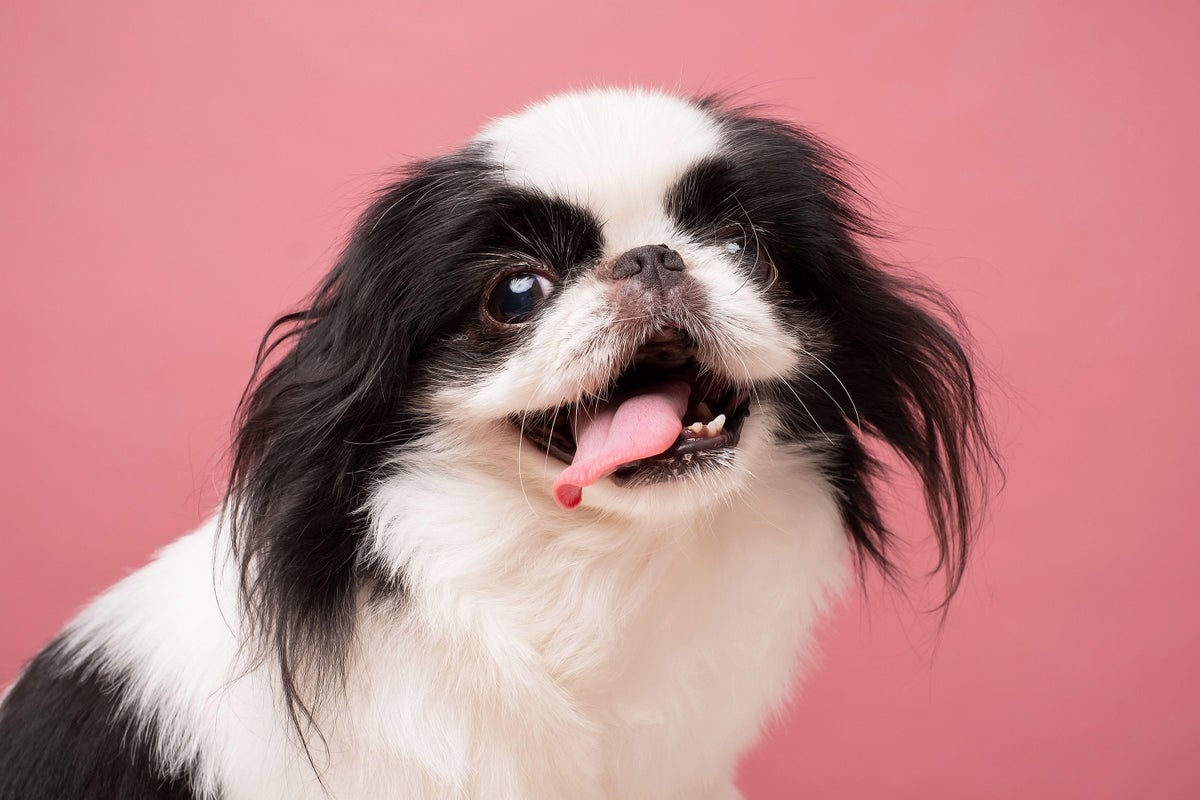Convergent ‘Cuteness’ Is Making Dogs and Cats Look Alike
Pugs, Persian cats, and other smushed-face cats and dogs are more similar to one another than they are to the wild animals they evolved from
Japanese Chin.
What do Persian cats, Pekingese dogs and pugs have in common? They all share a dramatically distorted skull, with a flat, round face and a nose pushed up between their eyes. This is the product of decades or centuries of artificial selection to make our pedigreed animals more closely resemble the intrinsic cuteness of human babies.
If you’re enjoying this article, consider supporting our award-winning journalism by subscribing. By purchasing a subscription you are helping to ensure the future of impactful stories about the discoveries and ideas shaping our world today.
Dogs and cats with round, flat faces—technically called brachycephalic, from the Greek for “short head”—show an unusual example of convergent evolution, which occurs when species independently evolve to become similar to each other because they face the same selective pressures. Normally this process is driven by natural selection—for example, birds and bats have both evolved to fly, and distantly related marine animals keep evolving to look like crabs. But in the case of brachycephalic cats and dogs, it’s caused by selective breeding to accommodate human preferences for babylike features, such as round, flat faces with high noses.
Human preferences, however, come with consequences for the brachycephalic animals involved—which could not survive in the wild. “We’re breeding them to look cute, but this has led to very horrible health problems for them,” Drake says. Pets like Persians and pugs often have so much difficulty breathing that they often require corrective surgery, for example, and they frequently suffer from problems with their eyes, teeth and neurological systems. They are also intolerant to heat and exercise because they lack adequate oxygen.
Drake, Losos and their co-authors had originally set out to understand the diversity of skull shapes in cats and dogs. They collected skull measurements for 1,810 animals from various sources, including computerized tomography (CT) scans of pets from animal hospitals and specimens from natural history museums. Their sample included 148 domestic cats and 677 domestic dogs, including both purebreds and mixed breeds. Of the dogs, they classified eight breeds as extremely brachycephalic: Boston terrier, Brussels griffon, English bulldog, French bulldog, Japanese chin, Pekingese, pug and shih tzu. For the cats, Persians, Himalayans and Burmese fell into that category. The team also collected data from hundreds of skulls of dozens of wild species representing the majority of the Canidae and Felidae families, to which domestic dogs and cats belong, respectively.
Chinchilla Persian Cat.
To directly compare the animals, the team created three-dimensional models of each skull and marked anatomically similar points on them across species and breeds. The researchers found that skull shapes of brachycephalic animals are unlike anything that has evolved in nature; these breeds—whether cats or dogs—shared more similarities to each other in skull structure than they did to their wild ancestors. Specifically, their palate has been tilted up, which has drastically shrunk their nasal region and restricted their airway as well as the space at the back of their throat. Some Persian cats actually lacked nasal bones entirely.
One future question for researchers to investigate is the underlying genetics of brachycephalic features, he adds. Some evidence suggests that domestic dogs and cats each have different genes associated with brachycephaly. “Finding out more about the genetics would certainly be fascinating,” Losos says.
Heather Lorimer, a geneticist at Youngstown State University, who was not involved in the research, agrees it would be worthwhile for scientists to investigate the genetics behind brachycephalic features.
“Starting from a careful, descriptive paper like this one, it might be possible to home in on individual developmental control genes that affect specific skull structure elements,” Lorimer says. “This, in turn, could lead to understanding very specific changes that cause health issues, which could help in breeding choices to improve health and welfare of our pedigreed dogs and cats.”
For those looking for a healthy pet that does not contribute to welfare issues, though, Drake has simple advice: get a mixed-breed animal from a shelter.
Rachel Nuwer is a science journalist and author. Her latest book is I Feel Love: MDMA and the Quest for Connection in a Fractured World (Bloomsbury, 2023). Follow her on X @RachelNuwer
Source: www.scientificamerican.com
